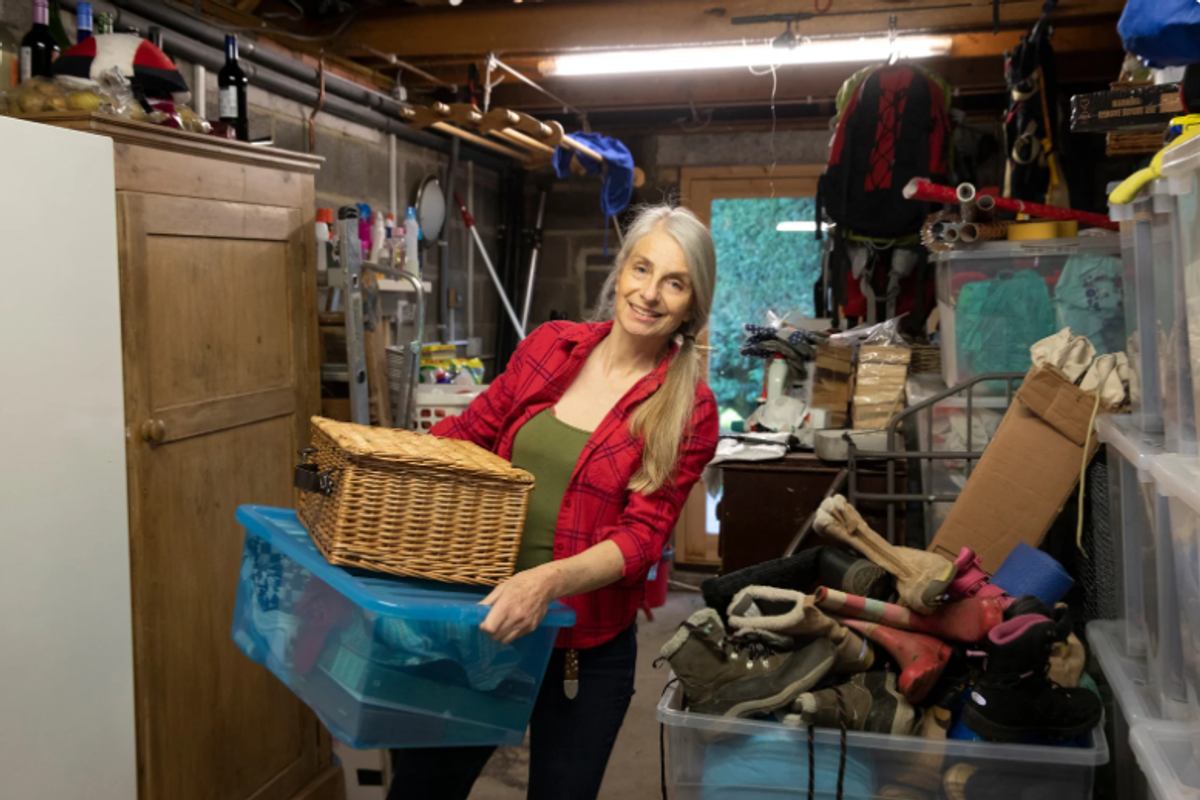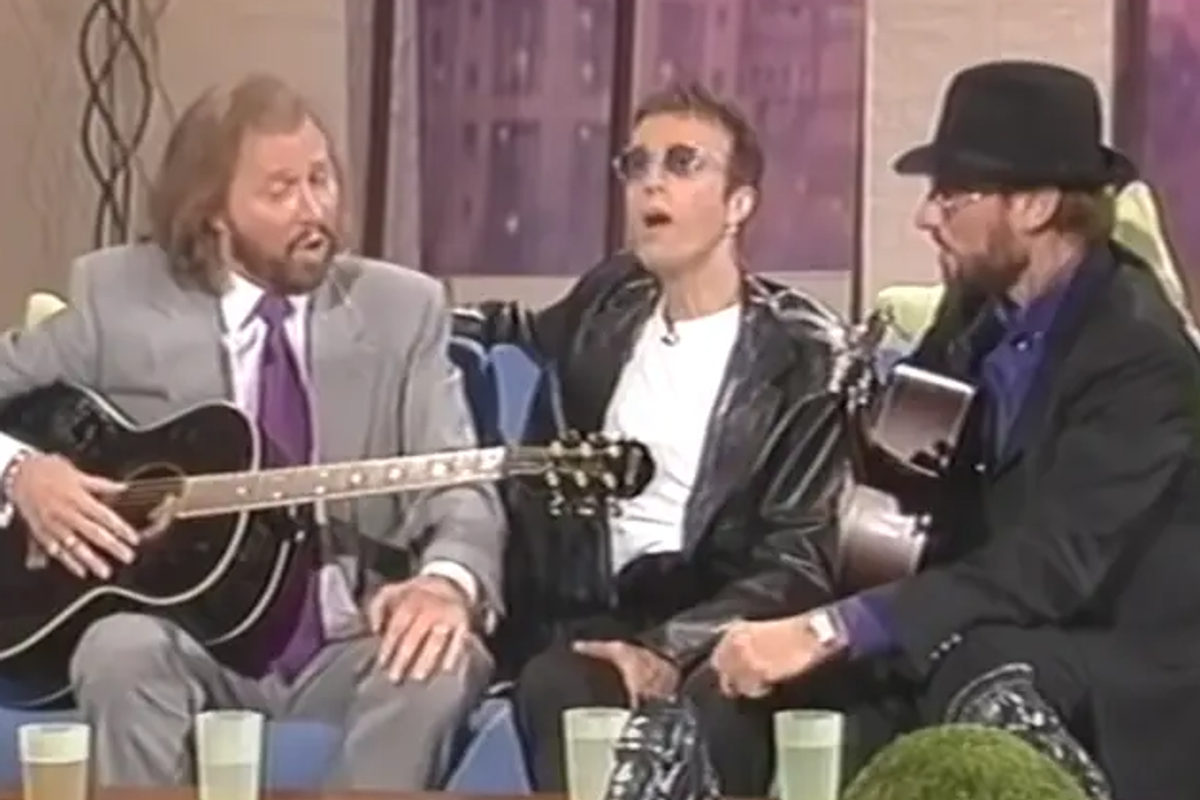Nowadays, it feels like skate culture has become synonymous with Long Beach. But it wasn't always that way.
In fact, before the year 2000, Long Beach, California, didn't have a single skate park to its name. But Mike Donelon, a former city councilman, helped change that.
In 1996, Donelon noticed more and more kids around the neighborhood picking up skateboards. But they didn't have a safe — or even legal — place to skate. Kids ended up skating on private property or the streets most of the time, which led to them being ticketed by police or getting into serious accidents.
Donelon knew that if he could provide a proper venue for the kids to skate, they'd take full advantage of it.
All images via ASK, used with permission.
But many members of the community were against the idea. They latched on to negative stereotypes such as kids destroying property and thought more skating would lead to more crime.
"Most of the opposition was the unfounded negative impression of skateboarders," Donelon writes in an email.
But Donelon, who calls himself a "a rebel with a positive mission," had a plan to enlighten the naysayers: have the kids talk to the community themselves to highlight just how important this was to them.
The plan was a success. Says Donelon: "I was blown away by the kids' involvement. We would invite 25 kids to a meeting and 50 would show up."
The city listened. In time, the kids had a skate park they could call their own.
In 2000, Donelon helped open the El Dorado Skate Park to finally give kids a safe and legal place to do their thing. But soon after, Donelon saw that skate parks could have an even bigger effect in the community.
When he noticed kids from all over Long Beach traveling long distances to enjoy El Dorado Skate Park, Donelon realized that expanding the program and building more skate parks across the city — including in under-resourced areas — would engage at-risk youth unlike ever before.
In 2003, the Michael K. Green Skate Park was established.
The best part? After just three years, the city of Long Beach let Donelon know just how effective the skate park was. According to Donelon, drug-related incidents and violent crime have dropped in that neighborhood since the skate park was built.
To keep this incredible momentum rolling, Donelon then founded the Action Sports Kids Foundation (ASK), where he now serves as executive director.
Their main mission is to provide at-risk youth with an alternative to gang life through action sports, education, and community activities. And since day one, they've been flourishing.
Mike Donelon (left) and ASK team co-founder Alberth Mimila.
"Our team started with 8 kids in 2011," writes Donelon. "We now have 180 members with 60 that show up to our monthly meetings."
ASK also regularly invites guest speakers to share their wisdom — from the mayor to the police chief to professional skaters and their official teams. ASK even hosts fun events like best trick contests and field trips to other skate parks in the city.
Since its inception, ASK has undoubtedly played a major role in changing countless lives and establishing eight skate parks across Long Beach.
In fact, legendary pro skater Tony Hawk uses ASK as a model in his own foundation to show cities across the country just how effective a skate park program can really be.
"Skateboarding and skate parks give at risk youth a sense of belonging to something positive," Donelon writes. "It works and we are proof."
Donelon and Tony Hawk with the kids of ASK.
ASK welcomes anyone to come in and join their mission. All you need to do is reach out to them to let them know you're interested, and they'll find the perfect spot in their organization where you can help out. You can also attend any of their upcoming events to see how they're creating change firsthand.
If you're unable to work with them directly, though, there are so many other ways you can make a similar impact in your community. Whether it's becoming a mentor, throwing events to shine a light on important issues, or even reaching out to your local government about starting your own skate park, there are countless ways to follow ASK's incredible example.
At the end of the day, if there's anything that their story shows us, it's how creating lasting change in the community simply starts by listening to the people who make it so special.





 Stayin Alive GIF by Bee Gees
Stayin Alive GIF by Bee Gees 
 Friends sharing a moment in the sunlit park.
Friends sharing a moment in the sunlit park. Feeling the stress: A young woman holds her head in frustration.
Feeling the stress: A young woman holds her head in frustration. Friends sharing a laugh over coffee at a cozy café.
Friends sharing a laugh over coffee at a cozy café.
 Close up of lilac flowers. Photo by
Close up of lilac flowers. Photo by